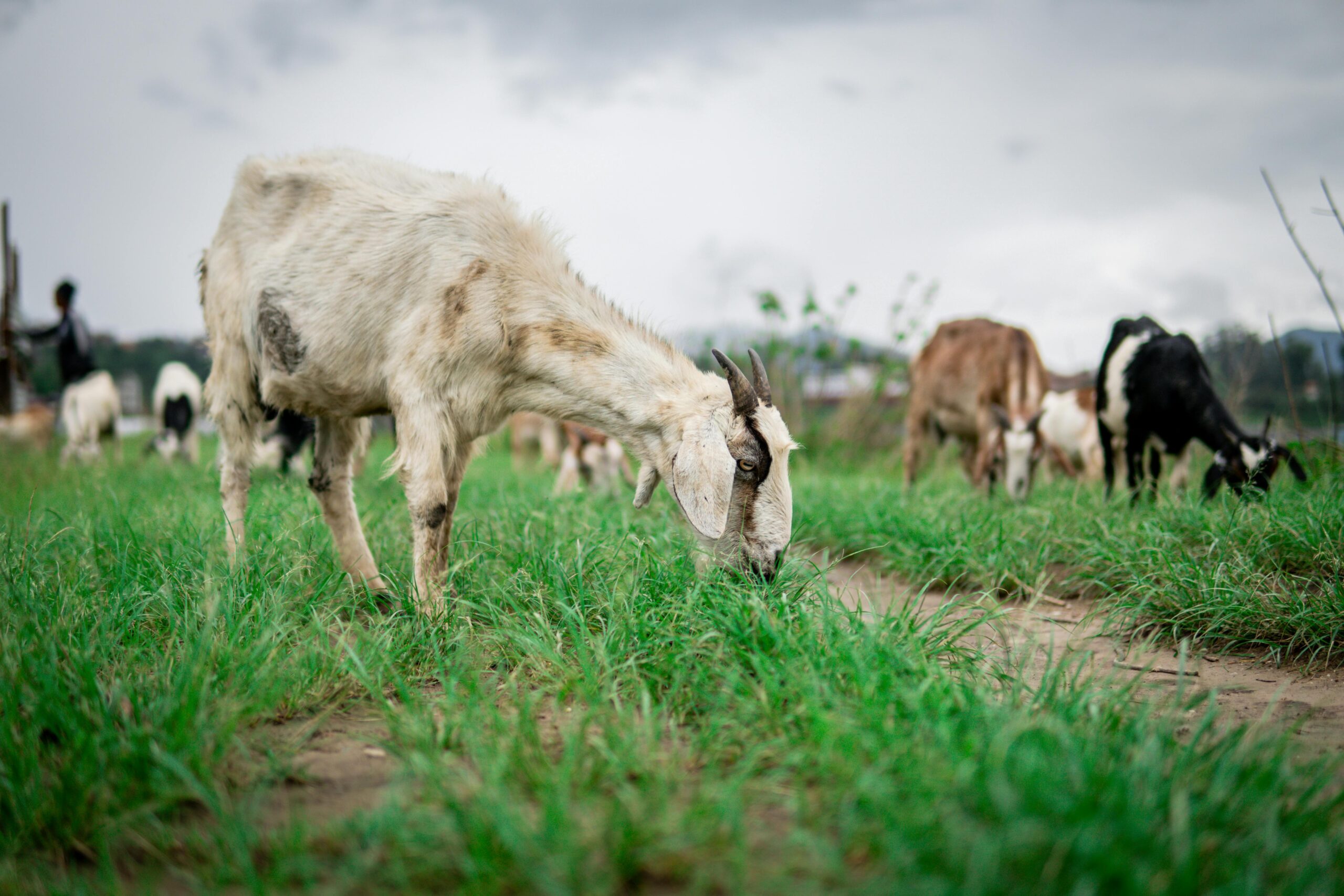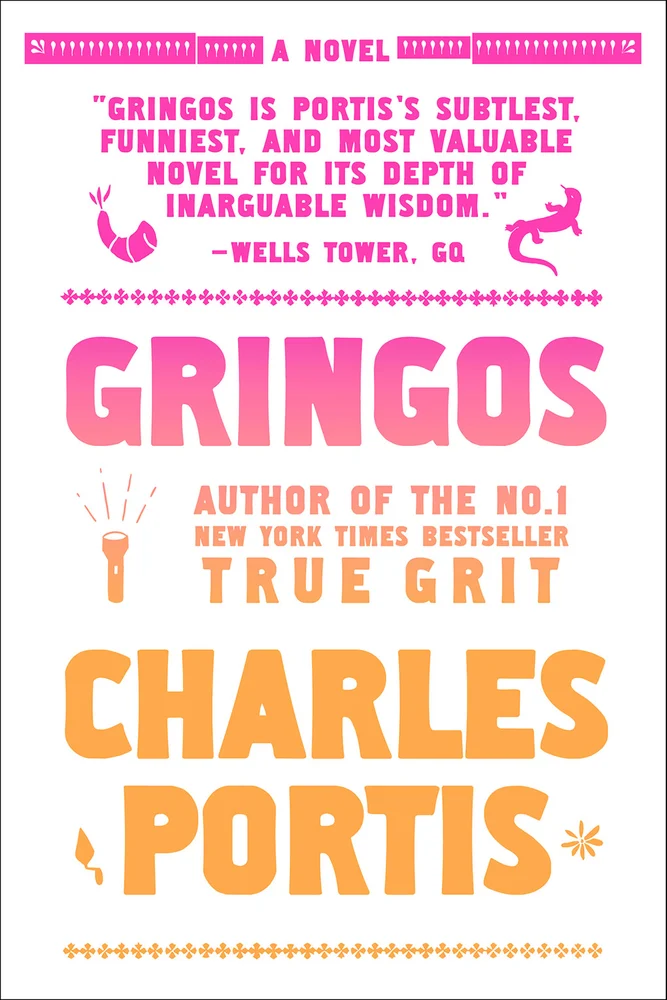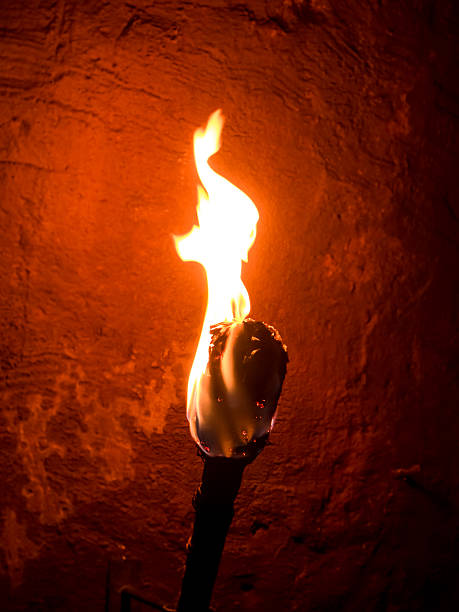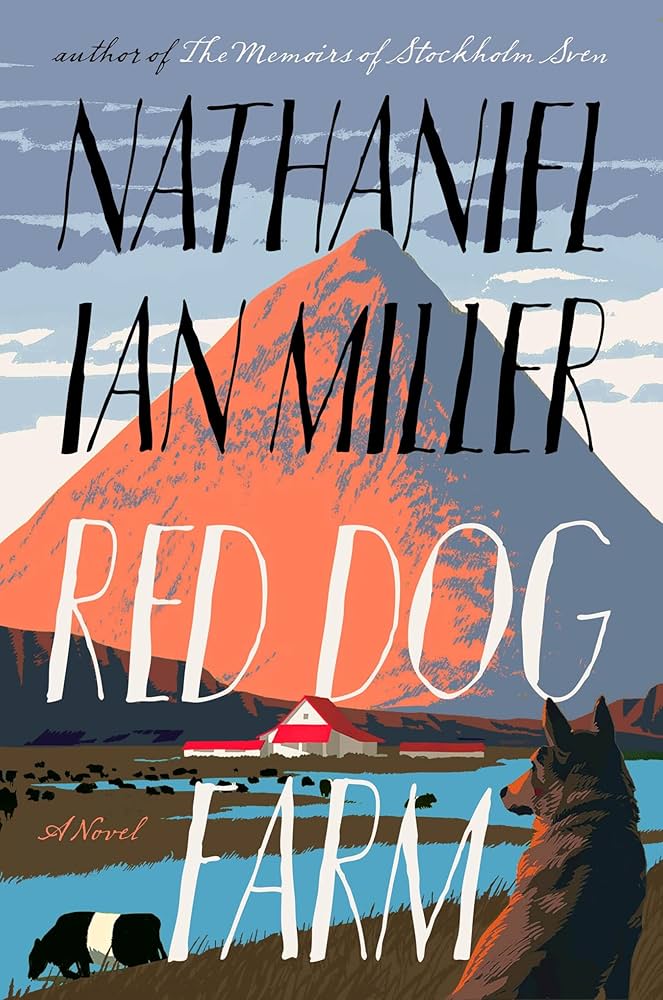Translated by MAYADA IBRAHIM
They say that Amman is merely a caravan crossing, and that the spiritual tie between it and its people has been severed. I do not mean the concept of “belonging”—that is a loaded word—but rather the spiritual connection between a person and the city they inhabit. This is the ability to grasp moments from the past to relive them anew, to reflect on memories shared with the city, to feel its streets coursing through them, and to imagine, in a whimsical moment, the city pulling a feather from its pocket to gently tickle them.
Many of Amman’s residents know little about Amman, their information is distorted, and on top of that, there is a semi-official narrative that further disconnects them from it. The link between them and the city has deliberately been cut, and a feeling has grown within residents that they are simply passersby or that they will inevitably leave the city behind.
Amman is a city that embraces. It takes in the migrants, the refugees, and the afflicted—those with nowhere else to turn. It gives them everything. There is a popular saying: “The mother is the one who embraces, not the one who gives birth.”
The label “Ammani,” used to describe those who belong to Amman, has lost its meaning. Although it is rarely mentioned, the Balqawi tribes of Amman are considered the “people of the city” or “the original Ammanis.”
In the early days of the city’s life, a class of merchants emerged and spread throughout its outskirts. At that time, few people knew how to read and write, and their primary source of income came from rain-fed grain farming. During this period, the practice of al-fayed, meaning usury, emerged. (Al-fayed literally means “abundance,” an attempt to cover up its true nature.) The practice forced debtors to mark promissory notes with their fingerprints, marking their hope of repaying the debt during the harvest season. Regardless of whether the season was good or bad, the debt would double, making repayment increasingly difficult. This cycle continued until the moneylender ultimately seized the debtor’s land.
My grandfather lost a large part of his land at the hands of a usurer; however, this is not the reason I write about usurers. I write about them because they represent a turning point in the lives of the people of the city. The usurers took advantage of people’s kindness and, over time, gained a prominent social status based on new social dynamics determined by money. Some usurers even remain ministers and officials to this day. This issue has contributed to the emergence of a social class with no roots, belonging only to the school of money extraction, which has led to the erosion of values. To this day the state has not distanced itself from the practice of al-fayed.
It was the city’s worst nightmare watching the vast spaces around us be devoured by merchants driven solely by profit. Contrary to what the merchants think, they will not be forgotten. The people will never forget their names, especially as they become distinguished figures in the city.
Popular memory tells of a usurer who demanded from a woman the dallah1 and mihmas2 that belonged to her late husband as part of the debt. She refused, so he evicted her from her mud house. The loyal woman lived an arduous life; however, the dallahs and mihmas remained an inheritance passed down from one generation to the next, and as people often said, “The fire is still blazing, and the dallahs are frothing.”
The new way of life brought injustice to simple people who had initially welcomed new practices with open arms, hoping for an end to their weariness and struggle. Instead, they were met with cruelty.
People who lived on the vast fields surrounding the city therefore abandoned farming and the joys of raising livestock fed by water from al-Sayl, Amman’s river. They sold what was left of their land, joined the armed forces and took up office jobs. Squandered their money on luxury cars and homes. Fresh produce disappeared. The city’s way of life evolved into a semi-urban form of society.
One day, I visited a friend and found him and his siblings cutting down an olive tree and an old forest tree. I stood in front of their house, looking at them askance. I asked why they were cutting the trees, and they said, “To create space for the car.” I remembered how they used to sit with their parents under the olive trees that spread around their small house, and how they used to pick the olives and later press them. The oil would last them a whole year. Now they buy olive oil elsewhere.
To us and to the city, a tree is the keepsake of the departed. Cities that neglect their trees lose their beauty. A city not only breathes with its trees but revitalizes itself with them.
And yet, some livestock still roam the city, and have a special allure. As you drive your car down the street, past multi-story buildings, car dealerships, and luxury shopping centers, you might suddenly stop to allow a flock of goats to pass. One day I was driving in Jabal Amman. An elderly man and woman caught my eye. They were walking beside a few Shami goats, which were grazing on a patch of green land. They placed a teapot on some firewood and sat on a mat, looking down at their goats and at Amman. This is not only a sign that life in the city and its surroundings has changed, but also a sense of a fleeting moment in the life of the city. The onlooker becomes part of a story that is ancient yet ever-renewing.
If anyone wants to understand the city, they must jump into its vast world and immerse themselves in it with all their being. They must feel the city. They must taste it in order to see it.
I ought to say something here about my hometown, even though it is one of the hardest things for me to write about. Northern Umm al-Summaq, specifically the part named al-Haydariyeh, previously known for its lavish sumac plants, is now studded with residential and commercial buildings as a proud part of “Greater Amman.” But no matter how much a person changes, however much suffering we endure, amidst all the gleaming images, the memories of one’s beginnings remain fixed in one’s mind.
During childhood I tried to catch the light that seeped in through the windows. When I closed my eyes, I saw creatures made of light, and I tried to catch them, but they vanished in an instant.
This is my hometown: a strange sadness that doesn’t always reveal itself but can suddenly overwhelm me from time to time. Recently, I have discovered this isn’t sadness but a sign of understanding the city—a process that begins with sorrow, followed by questions, until you feel eternal within the city.
Still, Umm al-Summaq is a place I escape to, the first refuge for my sorrows that helps me transform them into butterflies. It is the vast expanse of fields that was once empty and turned into a concrete jungle with shopping malls. I recall the softness of its red soil. I remember the two wild almond trees that suddenly spurted out of the ground. My cousin and I used to climb them and play underneath them for hours. They have now been uprooted, in their place a modern building. Umm al-Summaq has turned into a city bursting with meaningless things. It no longer knows itself; it is plagued by Alzheimer’s. But I insist on living in it. My memory is strong.
This is memory—the last soldier defending you in the battle against turning the city into a barren wasteland.
I find myself seeing fragmented images of Umm al-Summaq. The memory is oversaturated. I envision the secret place where I used to hide. I again attend the school of Umm al-Summaq. I see people leaving and shops disappearing. I grab onto a moment of the past and drag it into my present to live in it.
Amman is a city of life. Is it the life of modern buildings, clean streets, and quality amenities? No, it is a city of nobility that has ground all manner of contradictions and shaped them into a street, a neighborhood, or a park.
Eslam Abu Haydar is a lawyer, writer, and novelist who has published a short story collection and contributed chapters to collective literary works. Born in Amman, specifically in Umm al-Summaq al-Shamaali, he often reflects on his changing relationship with his hometown and birthplace: the simplicity of the city’s earlier days and its evolution into a compartmentalized, “packaged” city.
Mayada Ibrahim is a literary translator and editor based in Queens, New York, with roots in Khartoum and London. She works between Arabic and English




